|
It’s summer and weather permitting, spending time outdoors is heavenly after sheltering in place for so many months. Reading a good book, gardening, playing lawn games, swimming or chilling with family and close friends is just what we need. For many of us, our backyards are where we will be spending our summer vacation. So, let’s make the most of it! Whether you’re firing up the grill or cooking indoors, here are some lovely red wines to sip while dining. In warm weather, one tends to reach for chilled white, rose or sparkling wines. I’ve never thought of wine as seasonal and tend to drink a variety of styles all year long. And, sipping red wine with grilled steak or seared tuna during the summer months is more than acceptable and shouldn’t be dismissed! These are five note-worthy and summer-friendly red wines to satisfy your palate. Fontanafredda Briccotondo Barbera Piemonte DOC 2018 Fontanafredda, whose origins date back to 1858, is a 305-acre estate located in the Langhe region of Piedmont, Italy. 250 acres of vineyards spread throughout Serralunga d’Alba, which is a cru site of Barolo. Additional properties are situated in the communes of Barolo and Diano d’Alba. Fontanafredda is the largest contiguous wine estate in the Langhe. In 2009, Piedmont native Oscar Farinetti bought Fontanafredda and with this new ownership, sustainability became a special focus. Today, Fontanafredda is the largest certified organic company in Piedmont, beginning with the 2018 harvest. This is 100% Barbera harvested from vineyards across Monferrato and Langhe. It is aged partly in new Allier oak barrels and partly in large Slavonian oak casks for six months. Perfume scents mingle with dark berries, plum, cherry and spice. These aromas segue onto the palate with sweet blackberries, sour cherry, pepper, anise and a hint of baking spice. Supple tannins and bright acidity make this wine an easy-drinking addition to grilled meat, fowl, cheese and pizza! Alcohol: 13.5% SRP: $16 Bottega Vinaia Pinot Noir Trentino DOC 2017 Anselmo Martini is the lead winemaker for Cavit Winery located in northern Italy, in the province of Trentino. They have been producing wines for more than 50 years. In the 1990s, Martini realized the potential for a handful of exceptional vineyards in the Trentino region. These family-farmed vineyards are the source of Bottega Vinaia estate-bottled wines that express the Trentino terroir. This wine is 100% Pinot Noir. “After traditional fermentation, the juice macerates for eight days to extract color and body from the skins. Malolactic fermentation is then carried out in wood for increased aromatics.” Lovely aromas of floral, cherry, cranberry and spice lead to a palate of cherry, pomegranate, red plum and spice. It is dry, light-bodied, has silky tannins and is nicely balanced with the fruit. Pair with red meat, poultry, appetizers and salads. Alcohol: 13% SRP: $17.99 Salentein Reserve Malbec 2018 Bodegas Salentein is located in the Uco Valley of Mendoza, Argentina. Many of their vineyards are situated at some of the highest elevations in the world. This privately-owned estate was established in the late 1990s and boasts almost 5000 acres of which 1,124 acres are planted to vine. The grapes for this 100% Malbec are hand-harvested from vineyards of 1,110 to 1,300 meters above sea level. The wine is aged for 12 months in French oak barrels. It opens with delicious aromas of violet, dark berries, plum and tobacco. The palate offers lush fruit flavors of dark cherry, blackberry, dark plum and a touch of baking spice and vanilla. This wine is well structured, has soft tannins and will pair beautifully with grilled meat and poultry, hearty pasta and aged cheese. Alcohol: 14.5% SRP: $18.99 Rocca delle Macìe Chianti Classico Riserva DOCG 2016 The estate of Rocca delle Macìe is nestled in the gently rolling hills of Tuscany in the heart of the Chianti Classico zone. This is a family-run estate that was purchased by the late Italo Zingarelli in 1973. At the time of purchase, there were only two acres out of 230 acres under vine. Today, the family has six estates throughout Tuscany comprised of 1500 acres with a total of more than 500 acres under vine. This is a blend of 90% Sangiovese, 5% Cabernet Sauvignon and 5% Merlot. It is aged for two years in French oak and then rests for three months in bottle. Intense aromas of dark berries, dark cherry, plum and spice lead to a layered palate of rich fruit, anise, earth and spice. Fine tannins and good structure make this a noteworthy and expressive wine and a perfect choice for grilled meat, game, seared tuna and aged cheese. The winemaker suggests decanting for one hour before serving and serve at room temperature. Alcohol: 14.5% SRP: $27.99 Château Greysac Médoc Cru Bourgeois 2015 Château Greysac is located in the Médoc hamlet of Begadan, north of St. Estephe, in the Bordeaux wine region of France. It was built in the 1700s and passed ownership a few times while consistently paying homage to the terroir, winemaking and making improvements. Jean Guyon, the owner of Domaine Rollan de By, purchased Château Greysac in 2012. The vineyard sits on 150 acres with vines that are 20+ years old. This is a beautiful blend of 65% Merlot, 29% Cabernet Sauvignon, 3% Cabernet Franc, and 3% Petit Verdot. It is aged for 12 months: 50% in new barrels and 50% in used wine barrels, all 100% French oak. It opens with heady floral aromas, dark berries, spice, and a touch of earth. An explosion of dark, rich fruit entertains the palate with dollops of spice, herbs, earth, tobacco and fine tannins with the bonus of a lengthy finish. It is expressive with structure and sophistication. Put aside a few bottles and open again in a few years. It is a great wine to pair with grilled meat, poultry, hearty fish and aged cheese.
Alcohol: 13.5% SRP: $29.99 Impressive…right? (don’t walk…run to a store to buy a case!) Most of the above wines can be served slightly chilled. Don’t chill beyond 30 minutes or the wine might get dull and lose character. I hope this entices you to reach for red wine the next time you fire up the grill or pack a picnic meal. Until next time… Cheers! Penina To leave a comment or if you have an inquiry, please contact me at [email protected] Nestled in the gently rolling hills of Tuscany in the heart of the Chianti Classico zone lies the family-run estate of Rocca delle Macìe. The late Italo Zingarelli, a well-known actor who was also at age 28 the youngest movie producer in Italy, decided to pursue his true passion and lifelong dream of producing wine. His youngest son, Sergio said, “It was my father’s dream to have a winery.” In 1973 that dream was realized with the purchase of the “Le Macìe” estate. At the time Italo acquired it, only two acres out of 230 acres were under vine. The 14th-century farmstead was in disrepair along with acres of neglected vines. Working together, Italo and Sergio replanted the vineyards and restored the farmstead. More property was purchased and a state-of-the-art cellar was built and modern winemaking equipment was installed. Today, the family has six estates throughout Tuscany comprised of 1500 acres with a total of more than 500 acres under vine and 54 acres of olive groves. Le Macìe, Sant’Alfonso, Fizzano and Le Tavolelle estates are located in the Chianti Classico area. And Campomaccione and Casa Maria estates are located in the Morellino di Scansano area (Maremma). Italo instilled his love and passion for wine and the Tuscan land in his three children, Sergio, Fabio and Sandra. Sergio is quoted as saying, “My father Italo managed to infuse us with his great passion for the Tuscan soil and for the art of making wine. In short, he gave us the desire and the enthusiasm to continue to write that never-ending story that links wine to the lives of human beings. With his cast-iron will, he taught me that to get an idea off the ground takes determination...” In 1984 Sergio assumed responsibility for estate’s worldwide distribution and in 1989 he was appointed Company President. Sergio’s wife, Daniela works with him in running the business. Sergio has been a member of the Executive Board of the Chianti Classico Consortium since 1995 and in 2012 he was appointed President. In 2015 he was confirmed for another three years. I had the pleasure of spending an afternoon with Sergio a few months ago at a winemaker luncheon for a vertical tasting of six Rocca delle Macie’s historic cru wines made exclusively with grapes grown in their Fizzano estate vineyard. Fizzano Farm was purchased in 1984 and spans across 150 acres with 88 acres under vine. The grape varieties grown here are the iconic Sangiovese as well as Merlot and Cabernet Sauvignon. Miocene deposits with a sandy-loamy texture and pebbly soils make up the soil composition. The vineyards have an excellent southern exposure at 985-623 feet above sea level and the mild Mediterranean climate contributes to maintaining the balance of the grapes acidity, sugar and aromas. Our vertical tasting began with three library wines. Library wines are portions of a vintage that have been set aside in the vintner’s cellar as part of their private stock to be enjoyed at a later date. It is not uncommon to store a few cases from each vintage. This area of the cellar is referred to as “the library”. Chianti Classico DOCG Riserva di Fizzano 1995, 1999 and 2005 are made with 85% Sangiovese, 10% Cabernet Sauvignon and 5% Merlot. They are library wines that still make a statement. The 1995 vintage still exhibits tannins along with soft, red dried fruit and earth. The 1999 vintage is rich with plum, blackberries and hints of cherry. The 2005 vintage is remarkably ripe with red berries, spice and hints of espresso. Chianti Classico Gran Selezione DOCG Riserva di Fizzano 2011 is a blend of 95% Sangiovese and 5% Merlot. Gran Selezione is a new classification above Riserva for Chianti Classico DOCG as of 2014. Grapes must be harvested only from the winery’s vineyards along with upgraded requirements for alcohol, extract and a minimum aging of 30 months. The 2011 vintage is quite aromatic with a palate of ripe dark berries, dark cherry, spice and refined tannins. SRP: $39.99 Chianti Classico Gran Selezione DOCG Riserva di Fizzano 2013 is a blend of 95% Sangiovese and 5% Merlot. Dark berries, plum, spice, dark cherry, clove and a touch of chocolate grace the palate. SRP: $39.99 Chianti Classico Gran Selezione DOCG Riserva di Fizzano 2015 The blend for this wine is 93% Sangiovese and 7% Colorino. Although Colorino is used primarily to add color to the wine, the grape has elevated tannin levels that can contribute to the complexity of the wine. This wine is very aromatic with lush berries and spice. The palate offers rich, ripe red berries, plum, cherry, spice, anise and vanilla. I look forward to tasting this wine again in a few years SRP: $39.99 In addition to the vertical tasting, we sampled four more wines that made my palate quite happy. Chianti Classico DOCG 2017 is a blend of 95% Sangiovese and 5% Merlot. Aged eight months in the barrel. The palate offers fresh ripe fruit, berries, dark cherry, soft tannins and a hint of herbs. SRP: $16.99
Chianti Classico Riserva DOCG 2016 is a blend of 90% Sangiovese, 5% Colorino and 5% Cabernet Sauvignon. Aged two years in French oak. Ripe dark berries, spice, anise, soft tannins and a touch of herbs. SRP: $26.99 Chianti Classico Gran Selezione DOCG Sergio Zingarelli 2013 is a blend of 90% Sangiovese and 10% Colorino. The best grapes are sourced from Le Terrazze Vineyard. The wine is aged for 18 months in French oak. Vibrant aromas of floral, dark fruit, toast and earth lead to a palate of berries, plum, cherry, spice, pomegranate, anise and dark coffee beans. Smooth tannins and beautifully structured. SRP: $99.99 Chianti Classico Gran Selezione DOCG Sergio Zingarelli 2014 is 100% Sangiovese. The best grapes are sourced from Le Terrazze Vineyard. It is aged for 20-24 months in French oak. This wine has a rich palate of plum, blackberry, raspberries, cherry, juicy tannins and spice. It is beautifully balanced and elegant. I asked Sergio if climate change has affected the vineyards and if so is there a difference in the wines produced. Sergio replied, “Climate changes didn't affect our vineyards but mostly the way to manage them. Our vineyard manager, of course, needs to spend more attention on the long-term forecast in order to avoid any negative influences on the canopy and of course on the grapes. Fortunately, we have now to our disposal new and more accurate technical equipment that can be used to predict and to control the balance between the growth of the vines and the quality of the grapes. Of course, the wines change if we have a hot and dry harvest or a colder one, but we are trying to keep the same style and philosophy every year.” Sergio talked about his biggest challenge in the vineyards. “We work very hard since the year 2000 to reduce or not use any chemical treatments. We can make this possible using different weather stations, with very hard work in the vineyard and using different viticulture strategies. As per example, the use of "mating disruption" to confuse some different insects with pheromones in the vineyards; the use of antagonists of some insects to control others one. Another challenge is to not use any chemical herbicides since 2000, using only mechanical removal of the herbs under the vines; maintain as best we can a stable balance in the vigor and quality of grapes ratio using only organic fertilizers and a very specific program of cover crops serving as the specific goals and nature of the soils of the different vineyards.” It was a great afternoon of exploring and tasting this impressive lineup of Rocca delle Macìe wines. All of the wines that we tasted are beautifully crafted. And as Sergio said, “The wines must be elegant and give expressions of the vineyard”. Sergio has done just that! Until next time… Cheers! Penina To leave a comment or if you have an inquiry, please contact me at [email protected] With the snow beginning to fall last evening I decided to light a fire and tackle a story on a few bottles of wine from Spain. But when I went to retrieve the wines, a bottle that was lying next to the Spanish wines distracted me. It was a vintage 1996 Super Tuscan and it was begging to be opened on this cold and snowy evening. For those of you who may not be familiar with Antinori, let me give you a quick introduction to this Tuscan family who began making wine in 1385 and spans 26 generations! It started with Giovanni di Piero Antinori who in 1385 became a member of the Florentine Winemaker’s Guild. Since that time tradition and passion for winemaking have been passed on from generation to generation. Today, Albiera Antinori is president of Marchesi Antinori along with the support of her sisters, Allegra and Alessia. Their father Marchesi Piero Antinori is the current Honorary President of the company. Antinori has 8 estates located throughout Tuscany and Umbria. And the one that I am focusing on today is Tenuta Tignanello estate located in the heart of Chianti Classico. It is comprised of 319 hectares of which 127 are dedicated to vines. The estate is divided into smaller parcels with 2 of its finest vineyards being Tignanello and Solaia. Sangiovese, Cabernet Sauvignon and Cabernet Franc are among the grape varieties grown here at an altitude of 1148 to 1312 feet above sea level. The dramatic diurnal temperature variation and soil that is rich in calcareous rock and marl all contribute to the concentration and uniqueness of this wine. Tignanello is considered the original Super Tuscan, being the first Sangiovese red wine to be blended with untraditional grapes such as Cabernet. It also has the distinction of being the first Sangiovese to be aged in barriques and is one of the first red wines in the Chianti Classico region to not use white grapes. Antinori Tignanello Toscana IGT 1996 is a single vineyard blend of 80% Sangiovese and 20% Cabernet grapes. As stated on the bottle, “The wine is matured for about 14 months in oak casks followed by a further 12 months in the bottle prior to release. The wine is unfiltered." I had no idea what to expect, but the moment I began pouring the wine into my glass, an array of aromas wafted towards me making me giddy with excitement! The color was garnet with muted brick around the rim. Aromas of red berries, dried fruit, cherry, plum and hints of must greeted me. My first sip told me that this 1996 vintage still has it going on! I allowed the wine to open for about 15 minutes and then immersed myself in this expressive wine. The palate offered dark berries, cherry, plum, anise and hints of preserved fruit with a smooth and jammy finish. Yes, the wine is softer and a bit muted, but after 23 years it is truly impressive! I think it’s time to start opening more of these hidden gems in my cellar.
Alcohol: 13% As soon as I come back down to earth from this wonderful wine treat, I’ll be back with some very interesting Spanish wines. Until next time… Cheers! Penina To leave a comment or if you have an inquiry, please contact me at [email protected] As you might recall from a previous story, several months ago I received an assortment of wines that were leftover from our restaurant days in NYC. Every now and then I open one as a treat for my palate. Since getting a Coravin system, it has made it a lot easier for me to taste these vintage wines without sacrificing the whole bottle. One of the wines from my “stash” is a 2000 Barone Ricasoli Rocca Guicciarda Chianti Classico Riserva. With the recent arrival of two sample wines of Barone Ricasoli, I was motivated to taste the 2000 vintage as well. Barone Ricasoli is located in the Brolio territory of Chianti Classico. The Ricasoli cellars are at the foot of the historic Brolio Castle. The castle became the property of the Ricasoli family in 1141 and it is where all the wine production takes place. It was in this castle in 1872 that Baron Bettino Ricasoli originated the formula for Chianti wine, now called Chianti Classico. They are the oldest winery in Italy and the fourth oldest family business in the world. The Ricasoli family was among the first to devote themselves to the development and improvement of agriculture and vineyards. The family tree document of 1584 shows one of the first images of the Chianti area. In 1993 Baron Francesco Ricasoli, the great-grandson of Bettino became the owner and president of Ricasoli. He completely renovated the vineyards making them sustainable. And, he continually studies the soil types and clonal selection of Brolio Sangiovese which is one of his biggest passions. Ricasoli is comprised of 1,200 hectares of land of which 240 hectares are wine vineyards and 26 hectares are olive groves. Castello Brolio 2013 Chianti Classico DOCG Gran Selezione is a blend of 90% Sangiovese, 5% Cabernet Sauvignon and 5% Petit Verdot. The grapes are selected from the estate’s best vineyards in Gaiole and the wine is only produced in the best years. The wine was aged for 21 months in French oak barriques and 20% new tonneaux. The color is deep ruby with aromas of dark cherry, dark plum, spice, toasted oak and a touch of floral. The palate is layered with blackberries, dark plum, licorice, dark chocolate, vanilla and hints of earth. This is a full-bodied, rich and balanced wine with a long and persistent finish. Alcohol: 13.5% SRP: $70 COLLEDILÀ 2015 Chianti Classico DOCG Gran Selezione is 100% Sangiovese. Colledilà is considered one of the most representative wines of the terroir of Brolio. The grapes are selected from the estate Chianti Classico. The wine was aged for 18 months in 30% new tonneaux. The color is ruby with a beautiful bouquet of red berries, sweet spice and violets. The palate is lush with dark fruit, sour cherry, plum, licorice and cedar. This is an elegant wine with a velvety mouth-feel and soft tannins. It is perfectly balanced with a long and jammy finish. Alcohol: 14% SRP: $70 Rocca Guicciarda 2000 Chianti Classico DOCG Riserva At one time Rocca Guicciarda was the most important estate of Barone Ricasoli. Today, it is the name of the estate’s Chianti Classico Riserva. This wine is made from 100% Sangiovese. The 2000 vintage aged for 20 months in part barriques and part tonneaux. I used my Coravin to extract a glass of wine. The color is garnet and still has some good aromas of dark fruit, plum, dried fruit, sweet spice and earth. The palate is savory with sour cherry, fig, leather and hints of pepper. It is still very drinkable but less definable. It has a nice balance between acidity and tannins. I will definitely re-visit this wine over the holidays. Alcohol: 13.5% If you like wines from Chianti Classico or even if you’re not familiar with them, put Barone Ricasoli on your shopping list and enjoy a glass!
Until next time… Cheers! Penina To leave a comment or if you have an inquiry, please contact me at [email protected] All it took was a 15-degree drop in temperature and a cool breeze for me to start thinking about making a batch of soup and pumpkin muffins. The temporary change in weather also motivated me to open a bottle of red wine. Having tasted a lot of lightweight wines the past few months, I was “jonesing” for some Chianti. Chianti Classico appellation is located in Tuscany, Italy situated between Florence and Siena and is the most esteemed and ancient area in the Chianti winemaking zone. Chianti Classico is a small wine region that produces DOCG wines with very specific rules. The blend must be at least 80% Sangiovese grapes. Chianti Classico Riserva is made with the best Sangiovese grapes and requires a minimum of 24 months maturation, including 3 months of bottle aging. Every bottle of Chianti Classico has a pink label with the Black Rooster seal, authenticating the wine. The label is a symbol of the Chianti Classico Wine Consortium. The bottle must also bear the DOCG label (Denominazione di Origine Controllata e Garantita), which under Italian wine law is the highest designation of quality among Italian wines. Tomaiolo Chianti Classico Riserva 2012 DOCG is a blend of 90% Sangiovese and 10% Cabernet Sauvignon. The wine is aged in oak casks for 24 months and one year in the bottle. The color is deep ruby with aromas of cherry, blackberries, spice, violet and oak. The palate offers dark cherry, dark fruit, cranberry, toast and a long finish of cherry and cocoa. This is a full-bodied, dry wine with soft tannins. Pair with grilled meats, pasta and red sauce, and seared tuna. SRP: $12.99 Alcohol: 13% I never did make the soup or pumpkin muffins, but there’s always next week!
Until next time… Cheers! Penina To leave a comment or if you have an inquiry, please contact me at [email protected] |
Categories
All
|

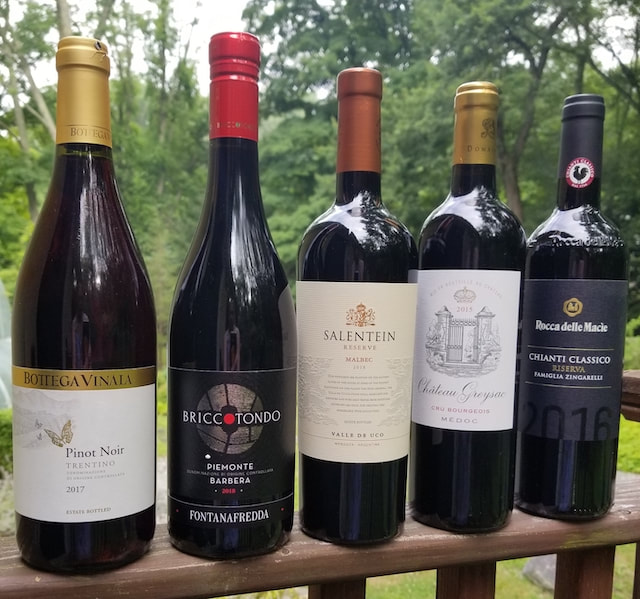
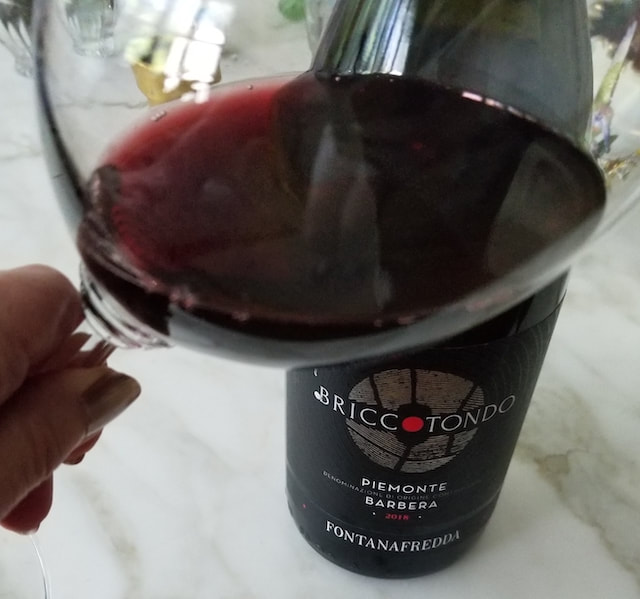
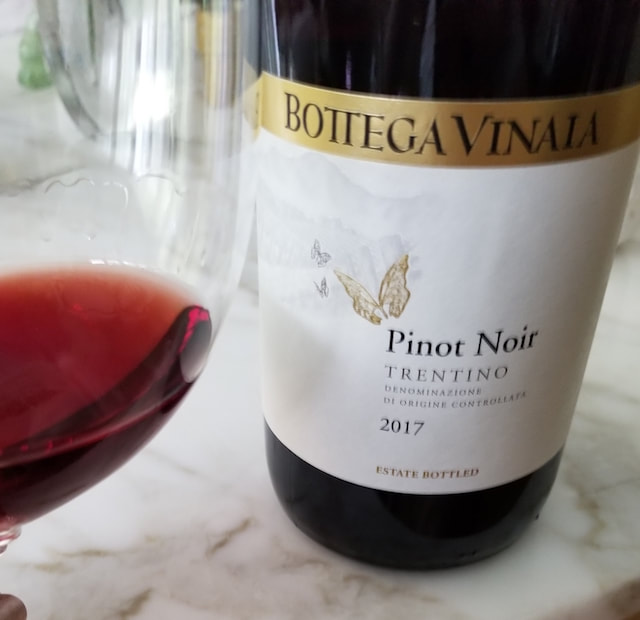
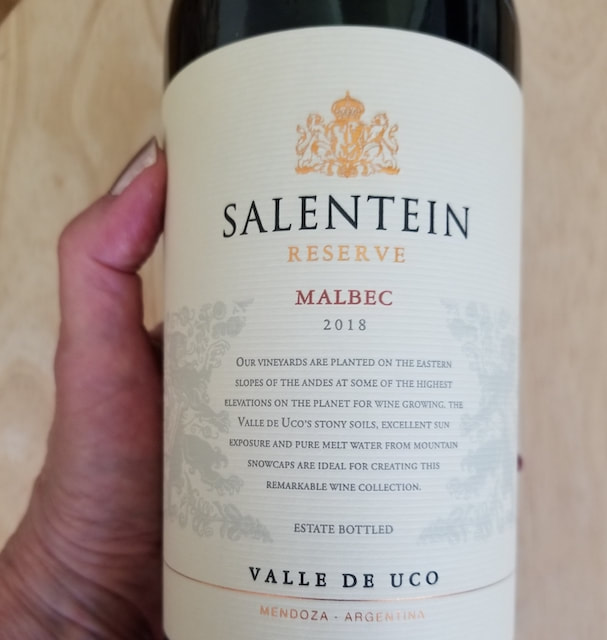
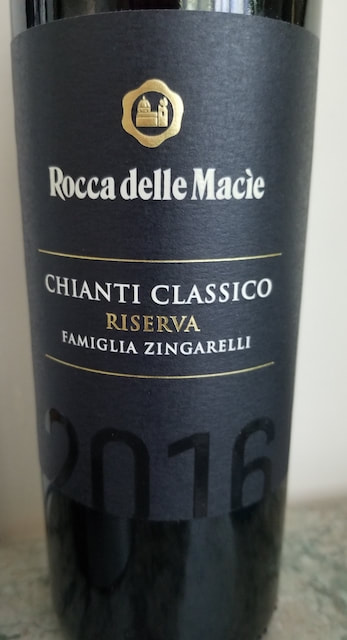
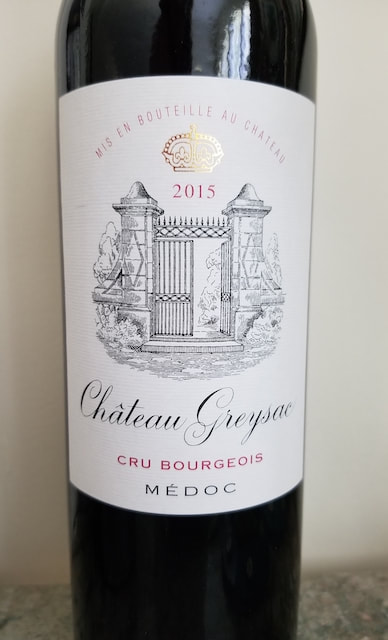
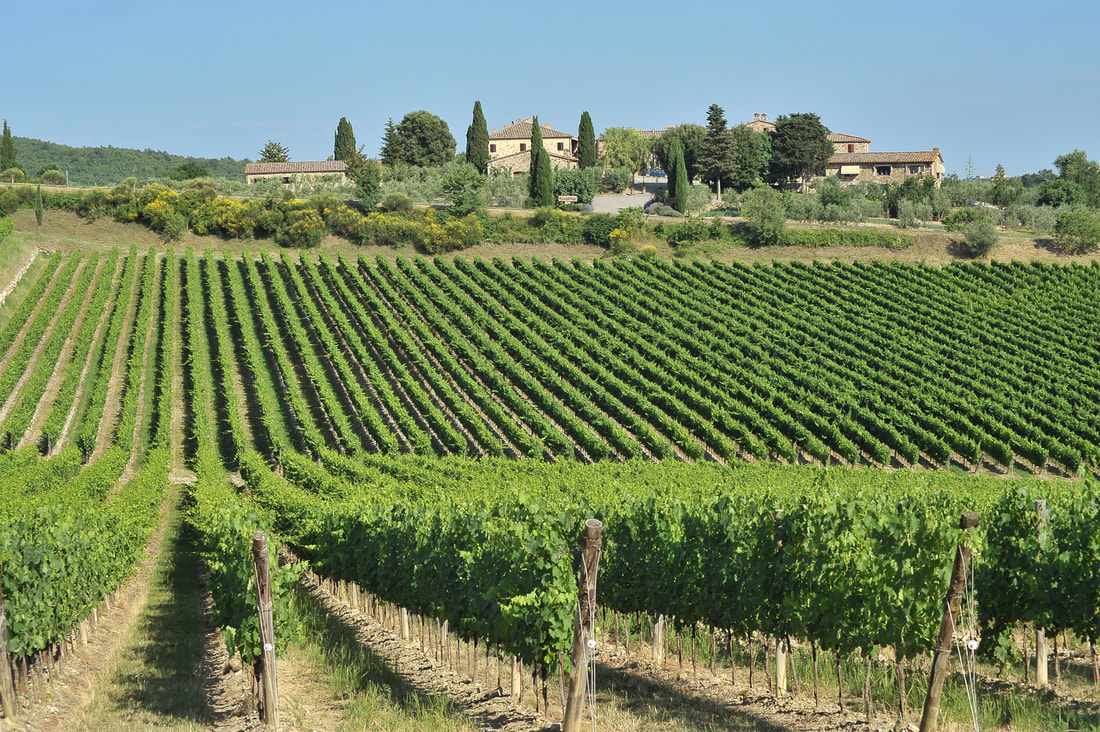
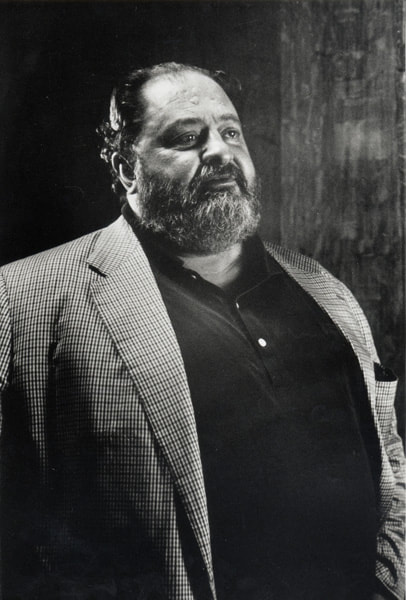
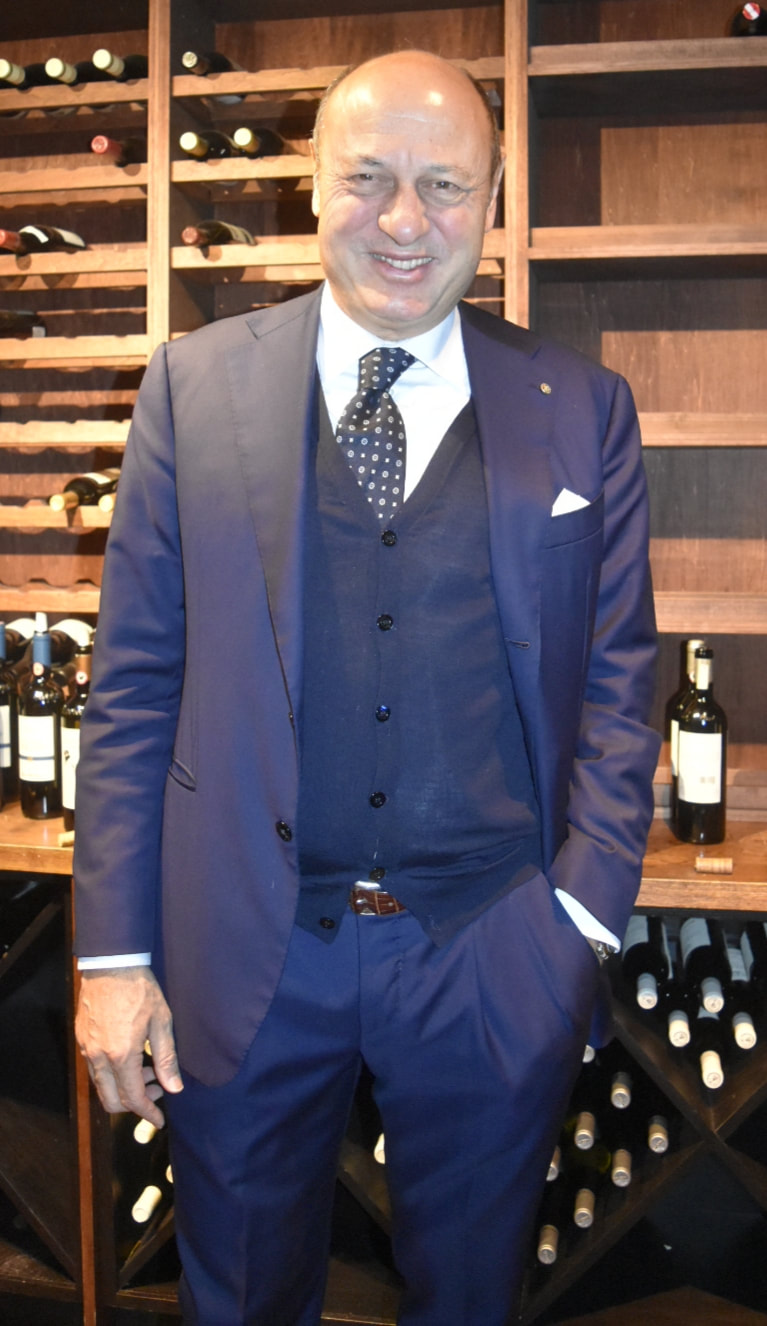
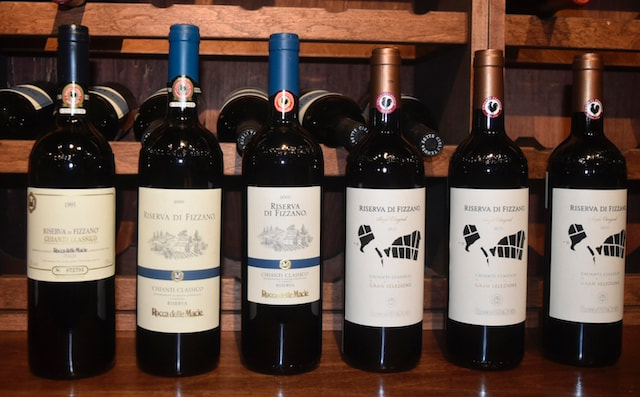
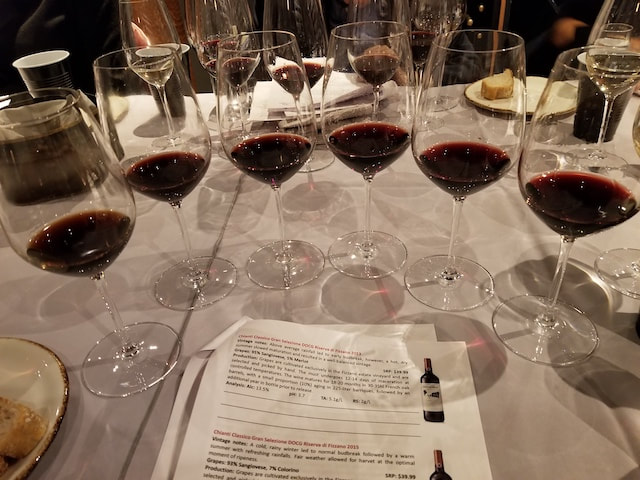
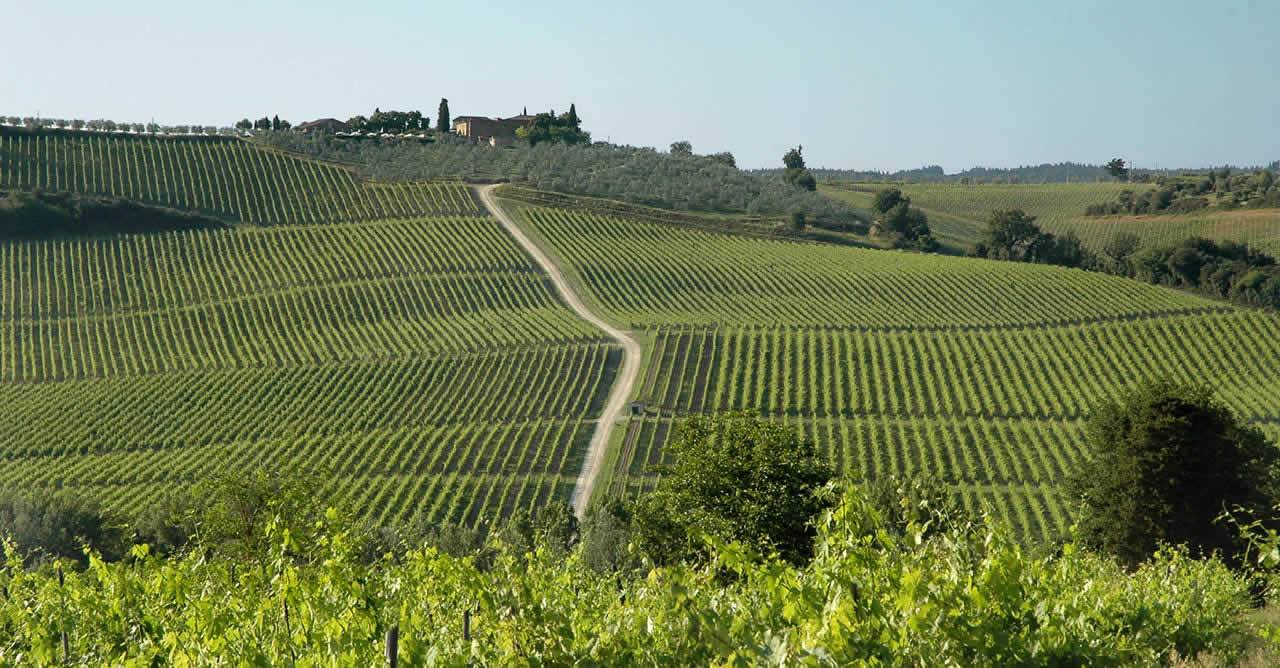
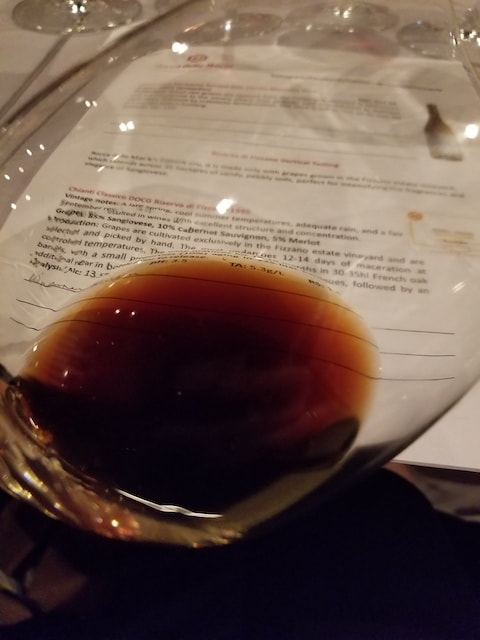
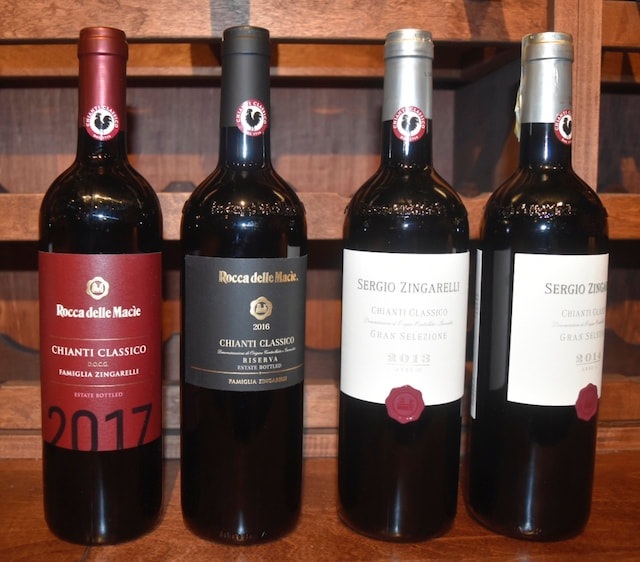
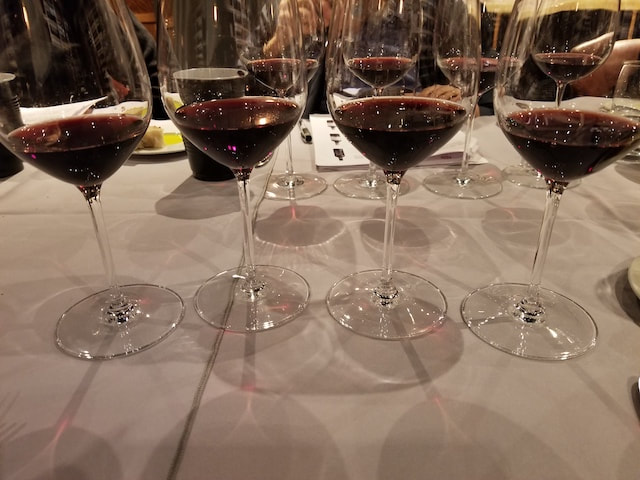
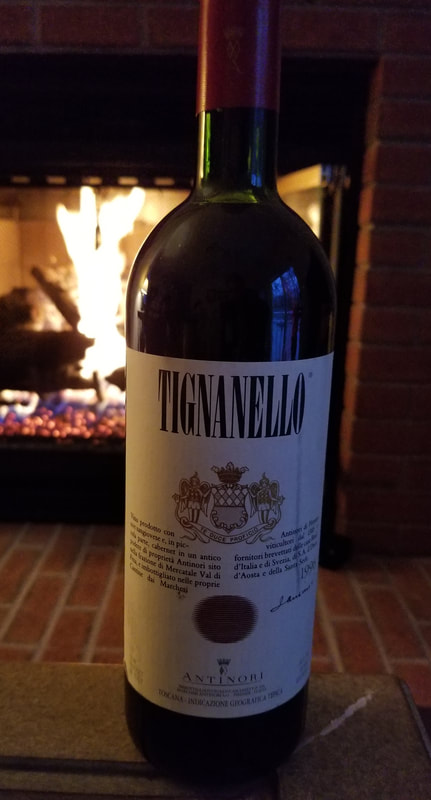
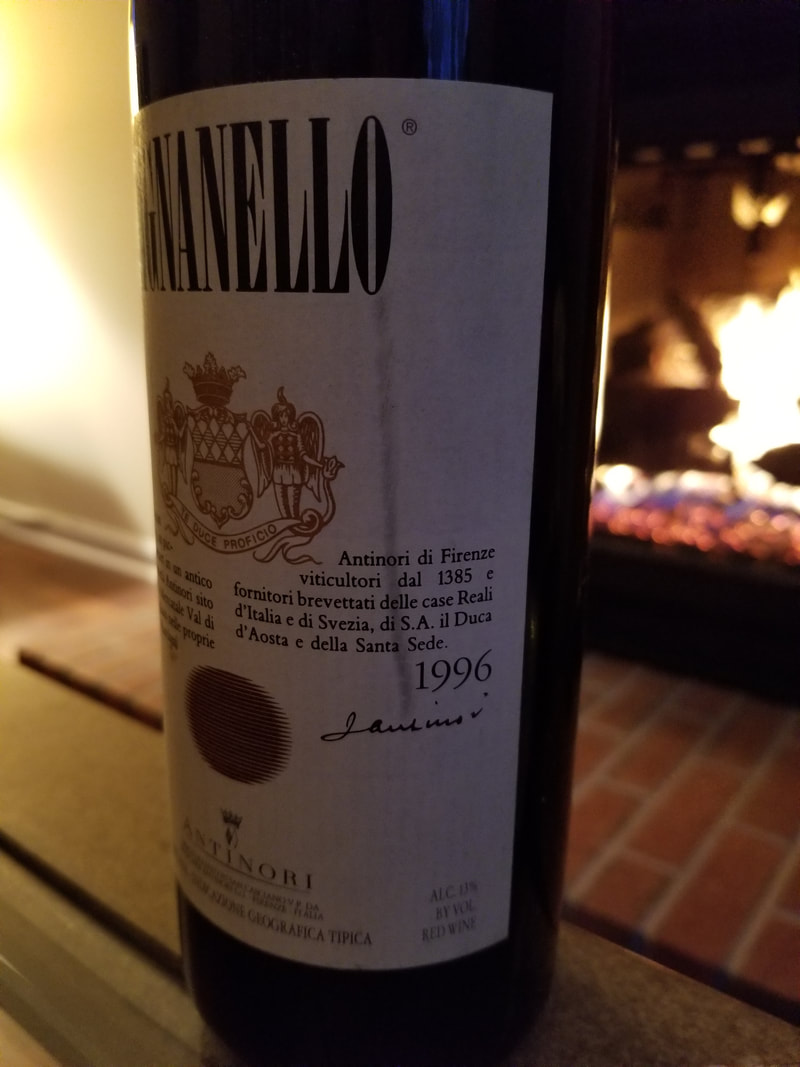
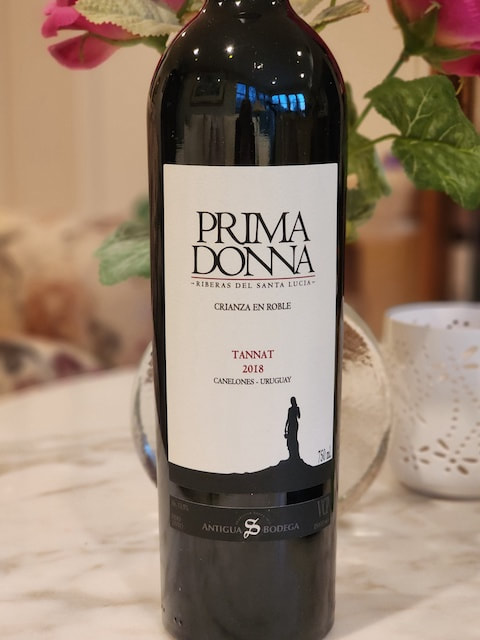
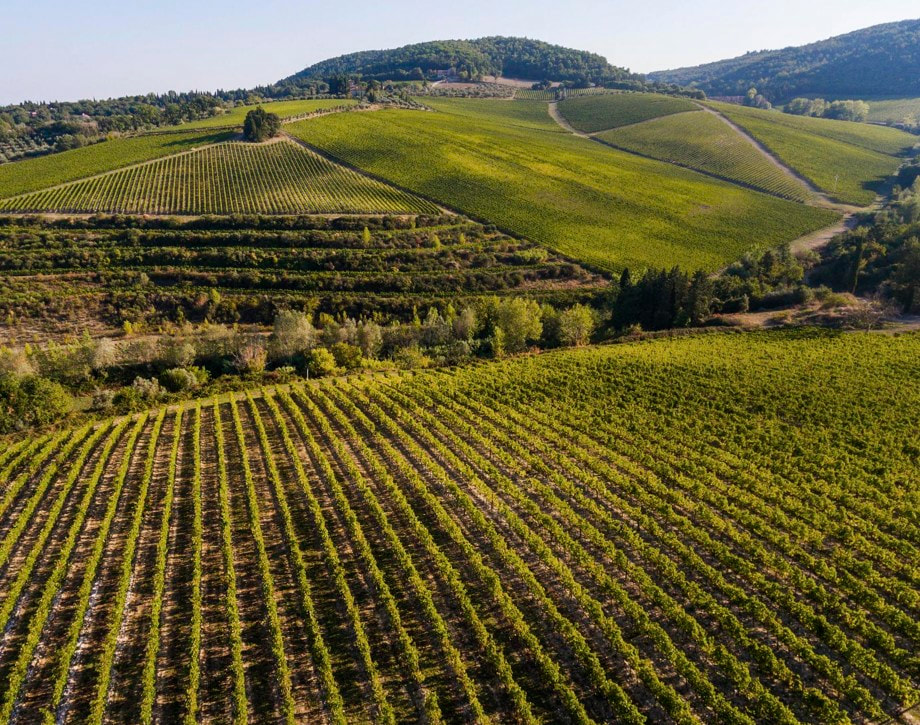
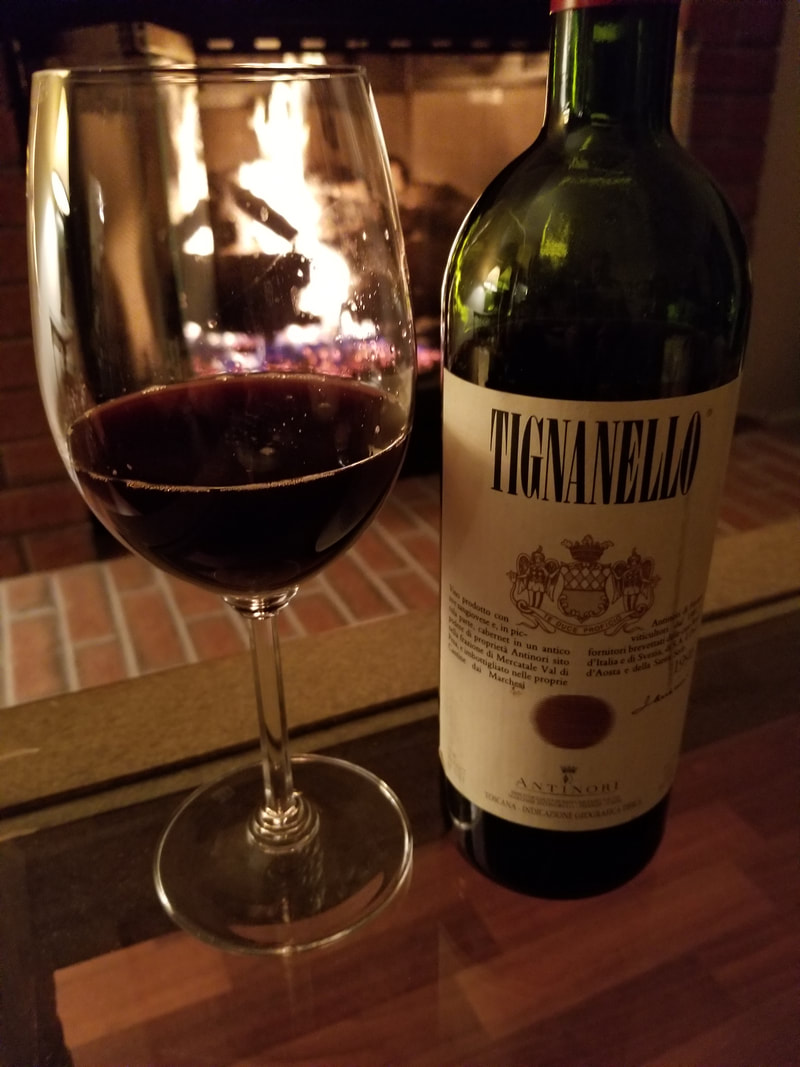
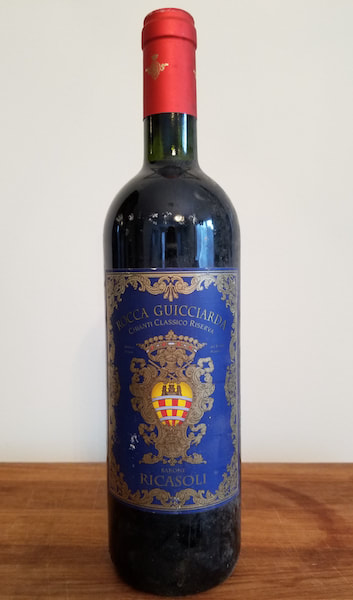
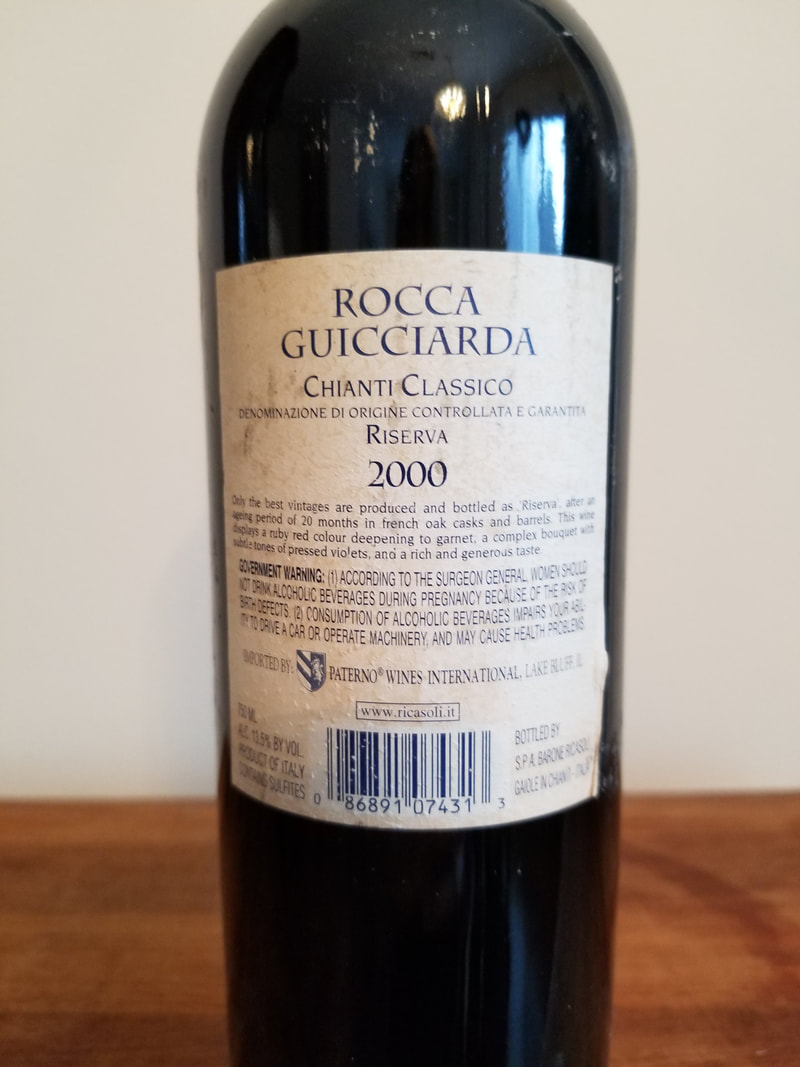
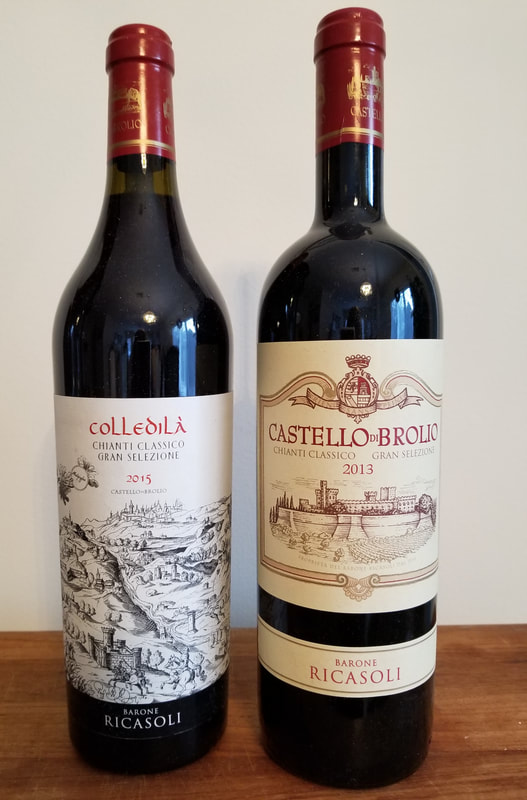
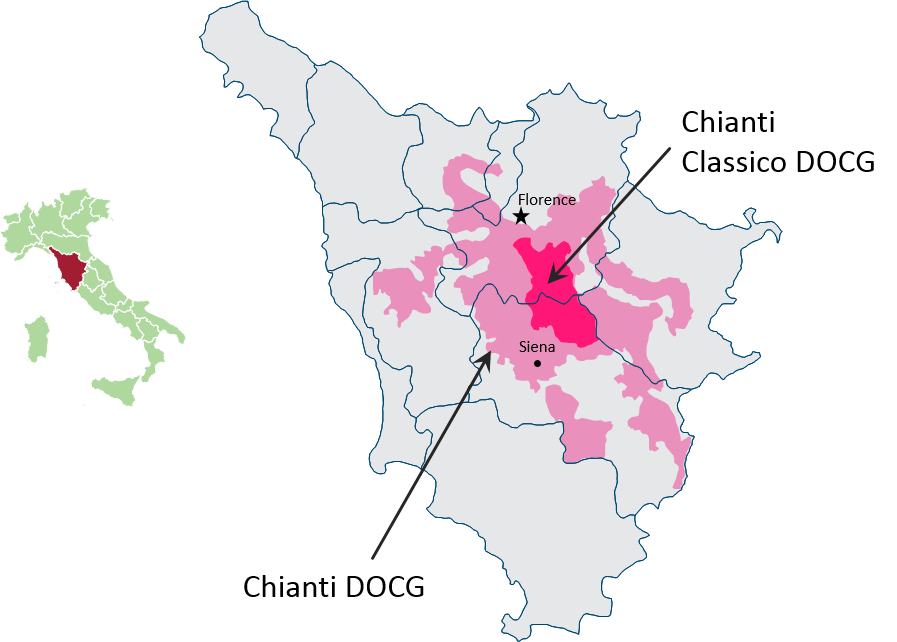
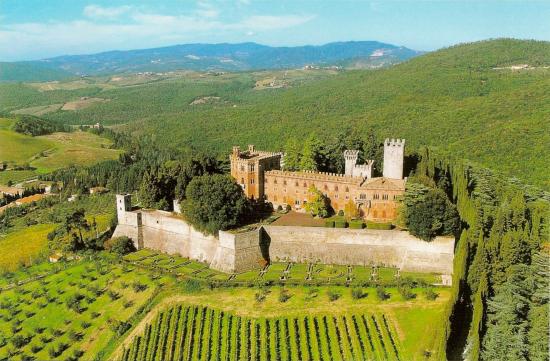
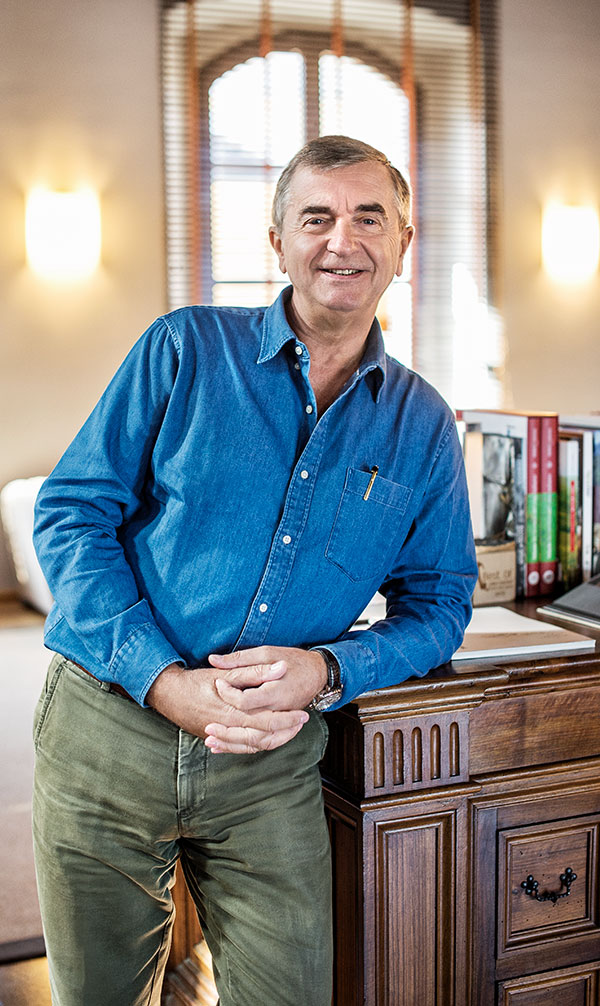
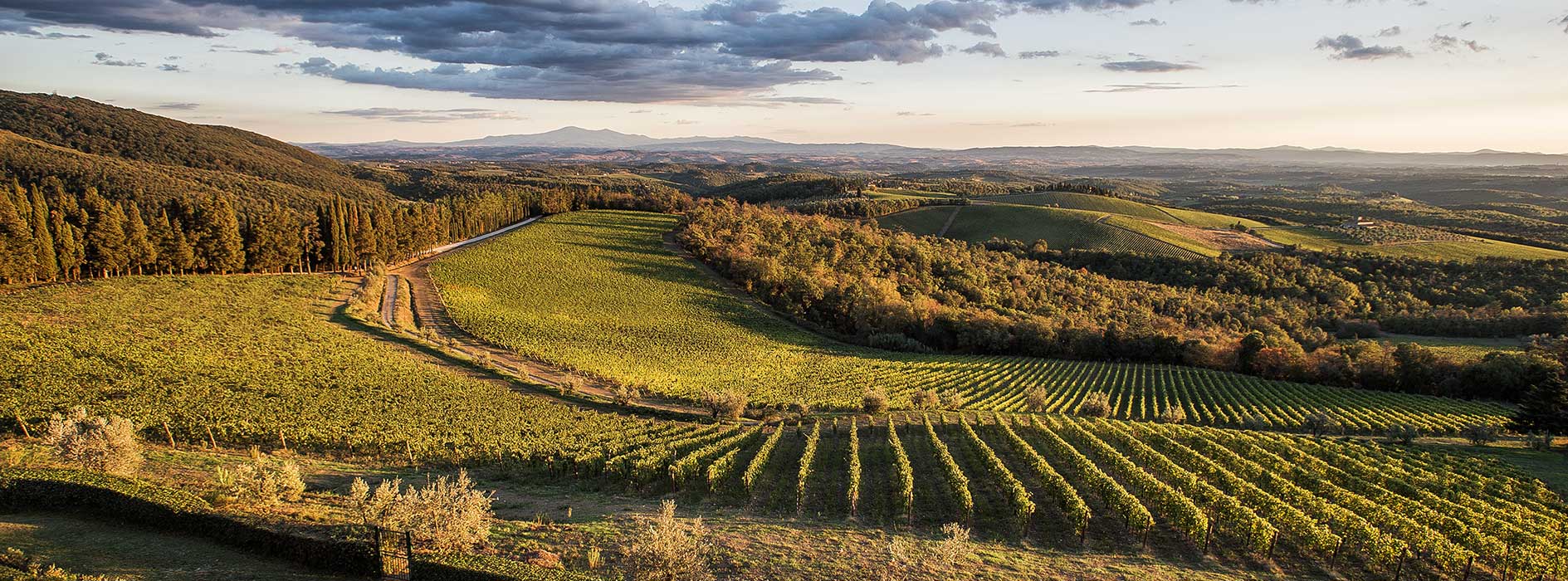
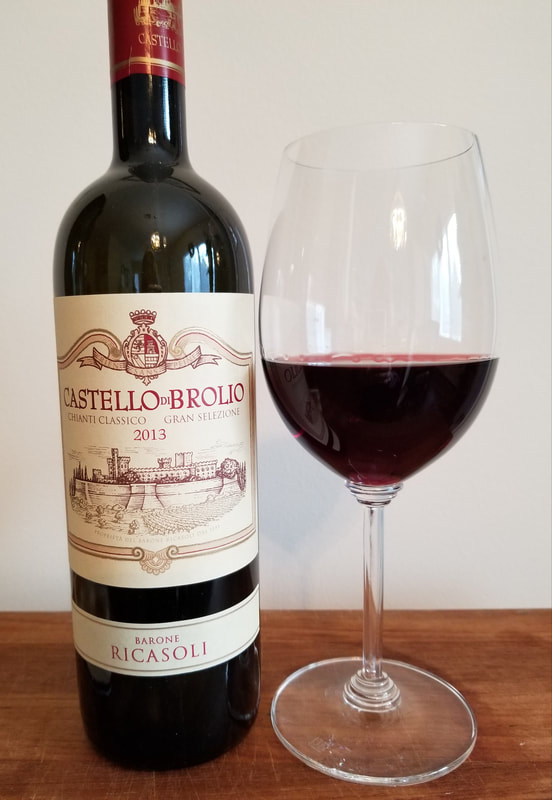
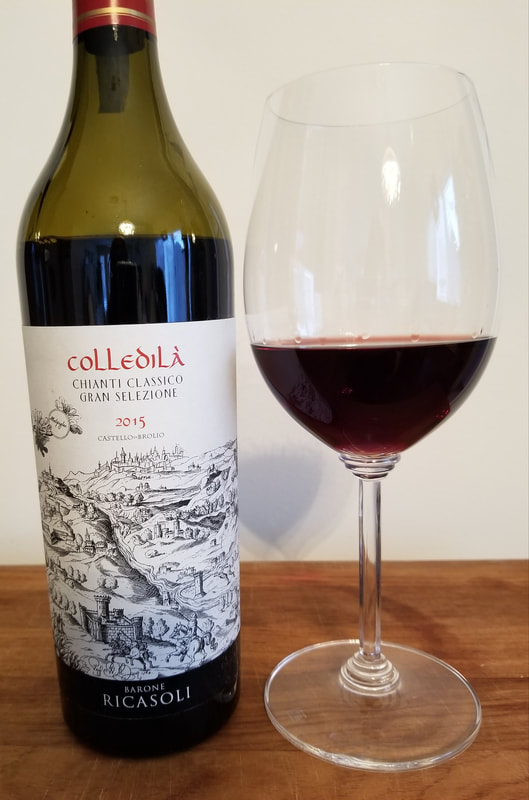
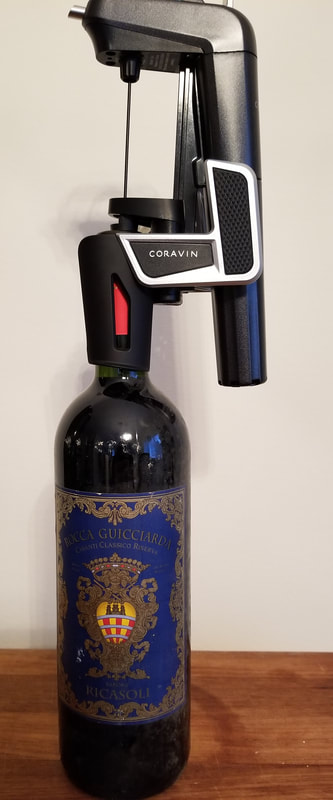
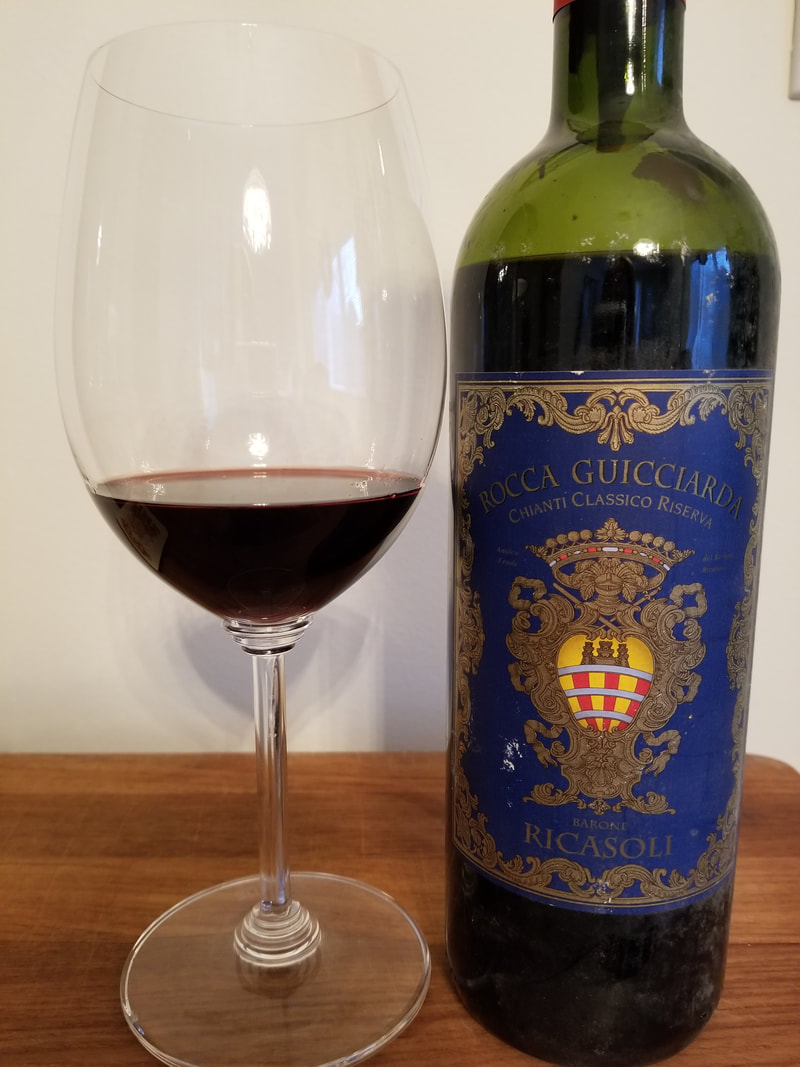
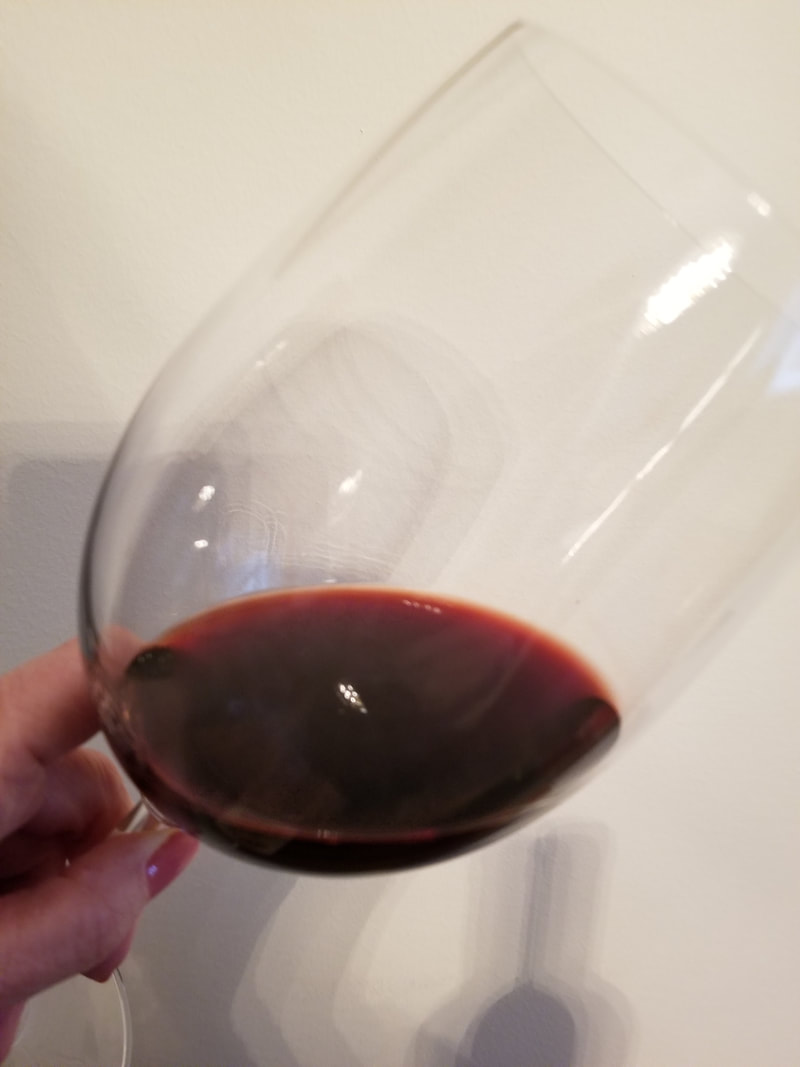
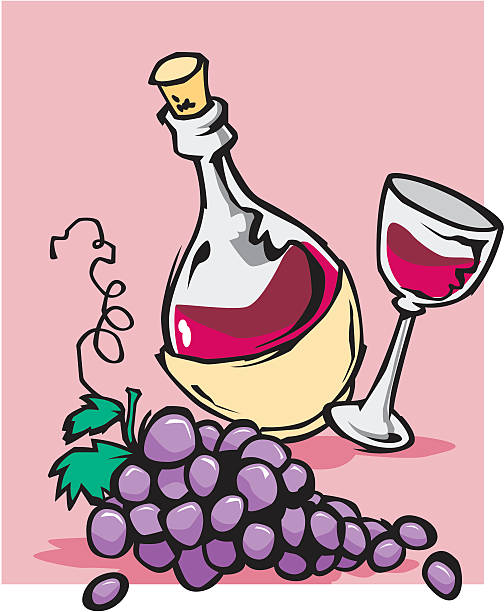
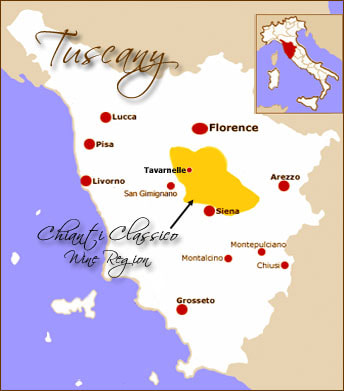
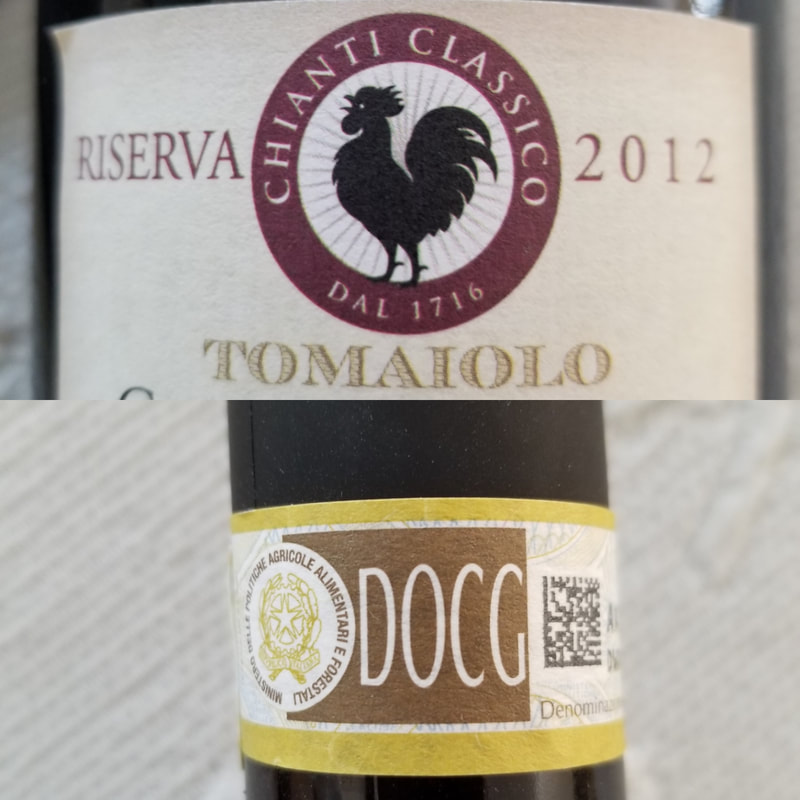
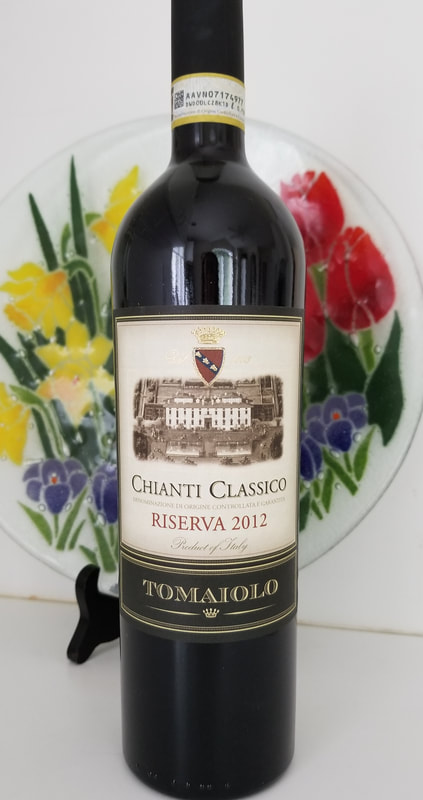
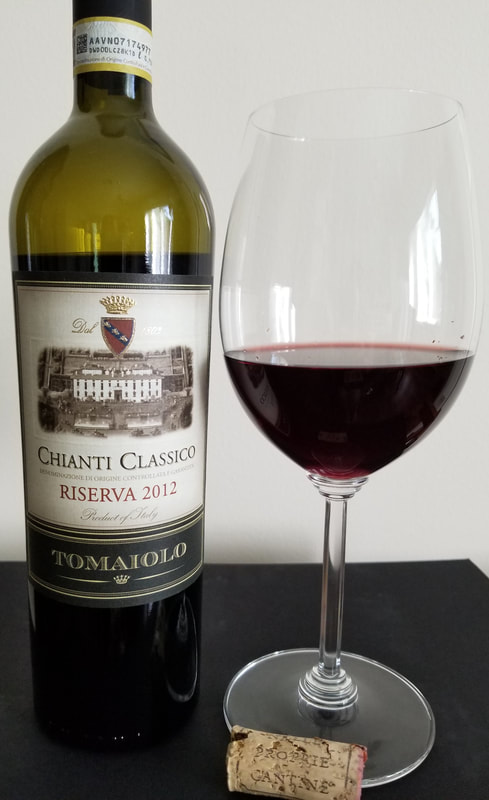
 RSS Feed
RSS Feed